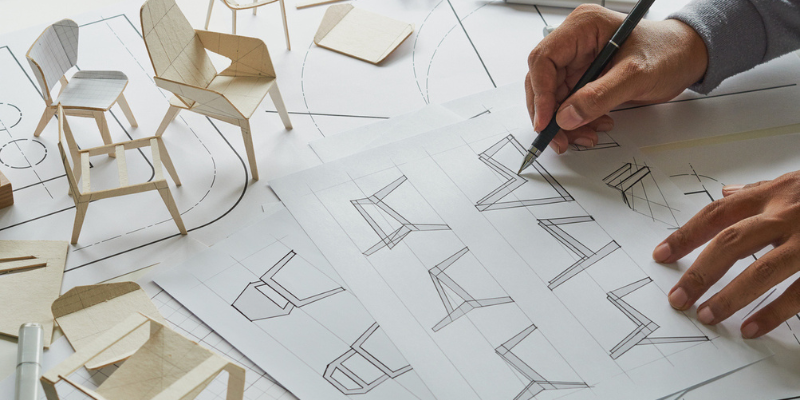Intellectual property (IP) refers to creations of the mind. It could include a brand, logo, invention, design, artistic work, or new plant variety. IP rights legally protect your idea and give you the exclusive rights to profit from them, supporting your competitive advantage.
You may consider protecting your idea with multiple types of IP rights, and there are both registrable and non-registrable IP rights to consider:
- A registered trade mark can be used to protect a logo, phrase, word, letter, colour, sound, smell, picture, movement, aspect of packaging or any combination of these.
- A certified design right protects the overall appearance of a product, including its shape, configuration, pattern or ornamentation.
- Copyright protects the owner’s original expression of an idea. Copyright is free and automatic and exists the moment you express your creation in ‘material form’, it does not require registration or the payment of any fees. This could be a recorded video on a smart phone, a picture you paint, a sketch, or a story or jingle you write.
The choice between a trade mark, design right and copyright protection depends on what you're looking to safeguard. If it's your brand identity, a trade mark could be right for you.
Brand protection
A registered trade mark is a powerful asset that can distinguish your brand from competitors, build customer trust, and safeguard your reputation. By registering a trade mark, you gain exclusive rights to use a particular name, logo, or slogan in connection with your products or services in Australia.
The other benefit of a trade mark is that it can be renewed indefinitely.
To check the potential registrability of your trade mark in Australia, you can use our TM Checker tool. TM Checker makes it easy to identify potential conflicts, estimate application costs and get an idea of the application process time. An initial check only takes a few minutes and is free. If you decide to apply, it can cost as little as $330 and lasts an initial period of 10 years.
Copyright vs design protection
The distinction between copyright and design rights is more complex. While copyright can protect the original drawings and prototypes of your design, relying on copyright is a decision to consider carefully. If you plan on manufacturing and commercialising your design at any stage, you should consider applying for a design right early.
A design that initially has copyright protection could lose the copyright protection once it's registered as a design, or, if unregistered, once it has been ‘industrially applied’. Generally, if 50 or more iterations of your design are produced, it's deemed to be industrially applied; however lower production rates may also be considered industrial application for some types of products.
Design rights should remain undisclosed prior to application. Revealing your design through social media before registration could jeopardise your ability to secure a legally enforceable design right.
IP strategy
Protecting your IP is important to safeguard your unique selling point or competitive advantage, and protect the future of your business. You may find that using a combination of these protections is the most effective strategy.
Let's look at one way a business owner might use trade marks, design rights, and copyright to protect different aspects of their business and maintain their competitive edge in the market.
For example, a company specialising in the design and manufacture of unique, high-quality furniture might use:
- a trade mark to safeguard the company name and logo
- a certified design right to protect a new and distinctive design for a piece of furniture, such as a chair with a unique, ergonomic shape. Securing a design right for this chair can prevent other companies from replicating your design or misrepresenting you by selling similar products
- copyright to protect the original artistic works, such as a unique product description for your website.
More information
For registered IP rights, we have a range of resources available on our website, including the IP basics factsheets. These factsheets provide an overview of individual IP rights, including examples of how other Australian businesses have managed their IP assets.
To learn more about copyright protection the Australian Copyright Council have a range of factsheets available on their website including Designs & Copyright.

